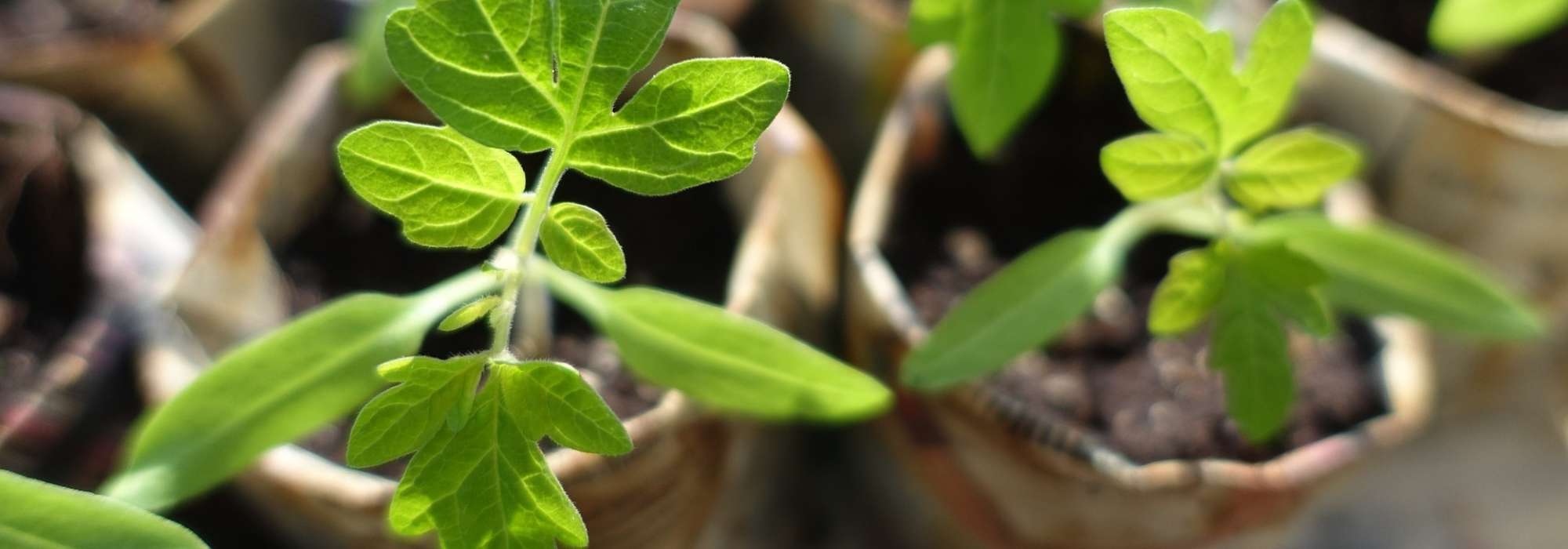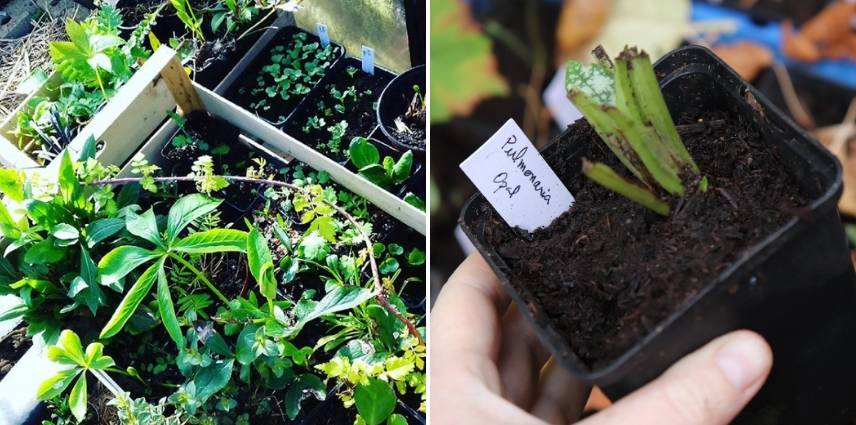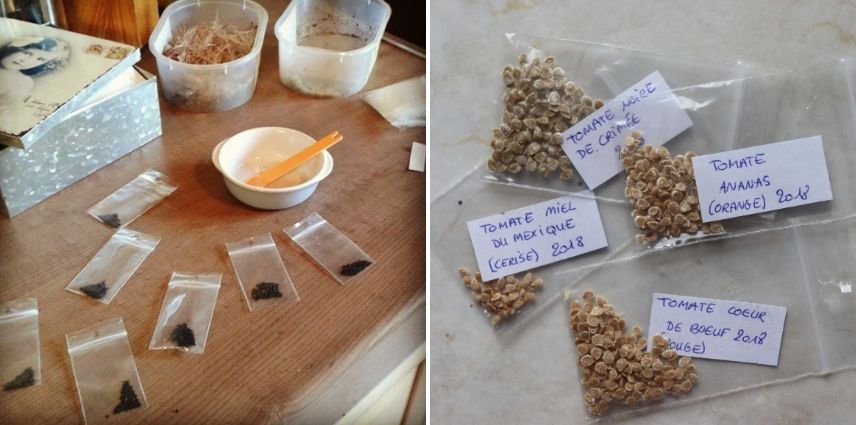
Troc or plant exchange: our tips for organising
and well exchange plants
Contents
Plant swapping, also known as “plant fairs” or “garden clear-outs”, is an increasingly popular event! Indeed, while gardening is a pleasure, landscaping and planting can represent a significant budget. Operating on the principle of exchange or very low-cost sales between individuals (sales often help to cover the cost of fertilisers and compost), these events are great opportunities to stock up at a reduced cost, and they are also rich in discoveries and sharing among gardeners.
However, participating in a plant swap requires some organisation, discover our tips to prepare well for it!
How does a plant swap work?
A plant swap is an event for garden and plant lovers. This type of event usually takes place twice a year, at the beginning of spring and autumn. The aim is to bring gardeners together in one place, thus facilitating exchanges between enthusiasts and amateurs. It is therefore aimed at all gardeners. In practice, everyone comes with plants from their garden, sets up for the day or half a day, and the exchanges can begin! You can also come as a simple visitor: all gardeners started from nothing at some point, and donations are common!
These events are organised by associations, local authorities, or individuals, and most of the time, they are free.
To find out if a plant fair is taking place near you, check the agenda for each department on the website: “Troc aux plantes.”

Plant fair (photo Pierre-Alain Dorange-Flickr)
Read also
Garden: choosing the right labels6 good reasons to attend a plant fair
Participating in a plant fair is an opportunity:
- to exchange plants, seeds, sowings, cuttings, bulbs and bulblets, offsets, suckers… as well as plants you no longer want. It is possible to exchange plants for knowledge, such as gardening techniques. Sometimes, you can sell or buy, but this is not the philosophy of the plant fair.
- to meet other passionate gardeners and enjoy a friendly moment,
- to return with new plants at little cost,
- to share knowledge and gardening experiences,
- to discover unknown or forgotten plants,
- to find plants that are unavailable in shops.
Our tips for preparing your plant fair.
Registering for a plant fair is generally straightforward. What proves to be more complicated is organising to offer your plants while also buying wisely.
Here are some tips for successfully exchanging your plants and being ready for the big day
To offer plants for exchange:
- Plan for several types of plants: easy-to-grow perennials or bushes, accessible to beginners, as well as less common plants that will delight experienced gardeners and serve as good currency for enthusiasts. Eliminate those that are too vigorous and problematic in your garden (those that produce many suckers or self-seed excessively), as that would be a poisoned gift!
- Anticipate and prepare the plants for exchange several weeks or even months in advance so that the plants are well-rooted and ready to thrive. To do this, consider keeping all your surplus, excess seedlings, or spontaneous seedlings, divisions, etc. However, if you want to offer bare-root plants in autumn, wait until the last moment to dig them up.

- Provide as much information as possible: try to include the names, in French and, if possible, in Latin, with the genus, species, and variety name, if you know it (search online or ask for help on social media or gardening forums) on each bucket or pot (if you don’t have labels, cut some from milk bottles and use a fine-tipped permanent marker to write the name). For exchanging seeds, collect and place them in labelled packets with the name and, if possible, the date and location of collection. You can note some information about the plant and a few tips for sowing to help beginner gardeners. If you don’t have packets, you can easily make them from paper; you’ll find tutorials online. If they are seedlings from sowing, note the sowing date and the colour if you know it.
- Pay attention to packaging and transport: to transport bare-root plants and rooted cuttings without damage, wrap them in newspaper or kitchen roll, without packing them too tightly, and handle them gently. If you don’t have a bucket or pot, recycle yoghurt pots or cream cheese containers, the bottoms of plastic bottles, tin cans (all with holes to prevent your seedlings from drowning), toilet paper rolls, trays, or egg boxes for seedlings. Water your buckets before leaving and bring a small spray bottle if the day is expected to be very hot (useful for cuttings and young seedlings). Finally, prepare crates or boxes for transport both to and from the event!

To adopt new plants with peace of mind:
- Take the time to talk with participants to learn more about the plant’s needs, its behaviour… This is often the best way to know if it will thrive in your garden and also to make new gardening friends!
- Be vigilant and do not exchange unhealthy or poor-quality plants, and avoid invasive plants. The promise of very rapid growth is often tempting but can lead to bitter regrets!
- Bring a pen, a notepad, and labels to fill out on the spot! It’s always useful for noting plant names or tips.
- Subscribe!
- Contents
































Comments